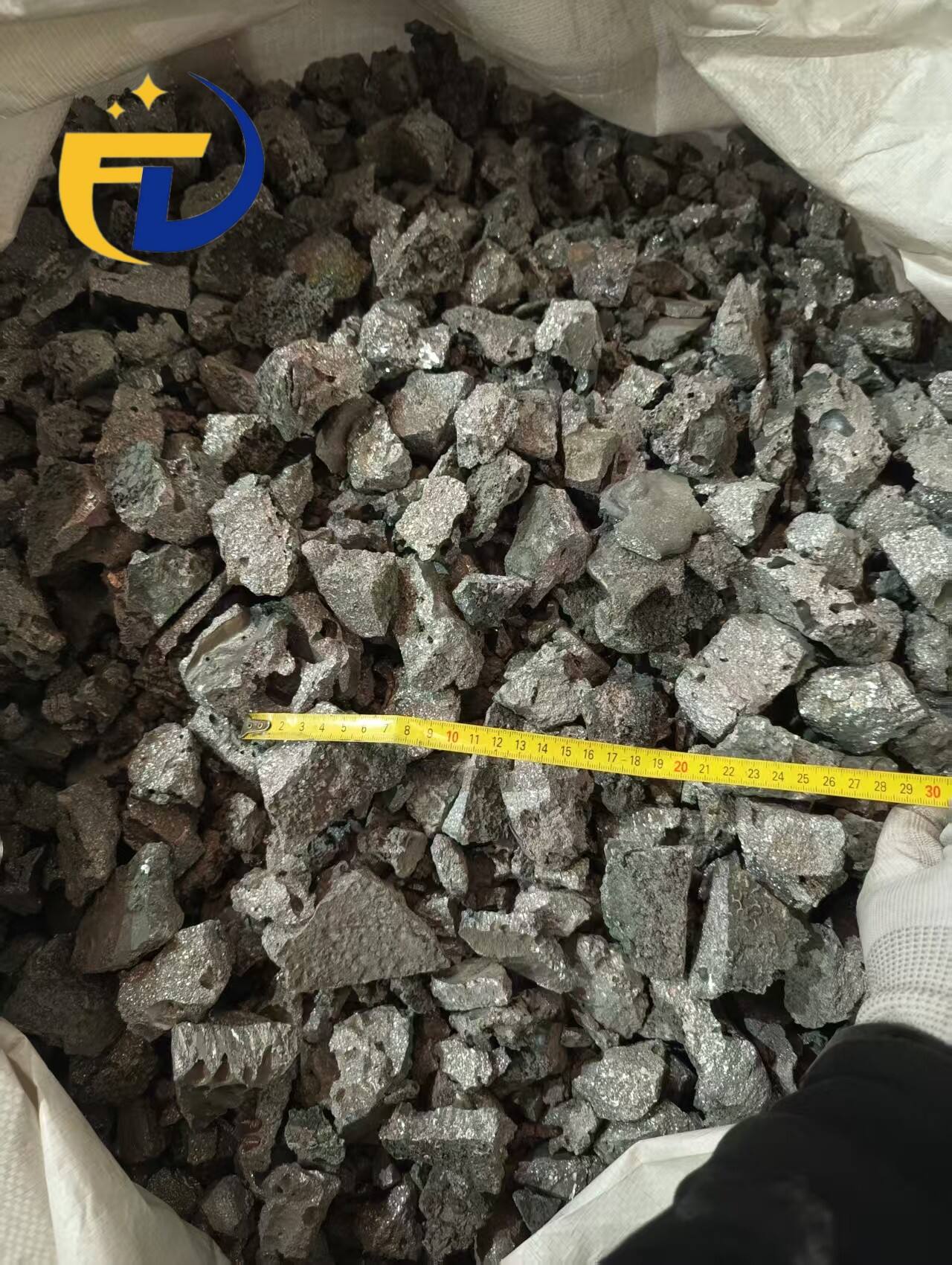Low Carbon Ferrochrome: A Versatile Alloying Material
Low Carbon Ferrochrome (LCFeCr), with a carbon content typically ≤0.50% (often classified into low-carbon (C≤0.50%) and micro-carbon (C≤0.15%) grades), is a crucial ferroalloy prized for its ability to enhance steel properties without excessive carbon introduction.

Key Characteristics and Production
Its defining feature is the low carbon content (common grades like FeCr55C25 specify C≤0.25%), combined with a high chromium content (usually ≥55-60%). This is achieved through energy-intensive refining processes like the Perrin process (hot metal exchange process) or more innovative methods like microwave silicon thermal reduction, which offers advantages like lower reaction temperatures, reduced energy consumption, and fewer emissions.
Diverse Applications
· Stainless Steel Manufacturing: LCFeCr is a cornerstone material for producing stainless and acid-resistant steels. Its low carbon content prevents the formation of chromium carbides, thereby avoiding intergranular corrosion issues and ensuring excellent corrosion resistance for applications in food processing equipment and medical instruments.
· Alloying Agent: It serves as an alloy additive for manufacturing medium and low-carbon structural steel, carburizing steel, and other special steels, improving their mechanical properties.
· Refractory Materials: LCFeCr's low residual carbon and chromium's high-temperature stability make it valuable in refractories. It enhances the corrosion resistance and service life of linings for metallurgical converters, ladles, and cement rotary kilns, while also helping to reduce energy consumption (5%-8% per ton of steel) and avoid carbon increase in molten steel.


